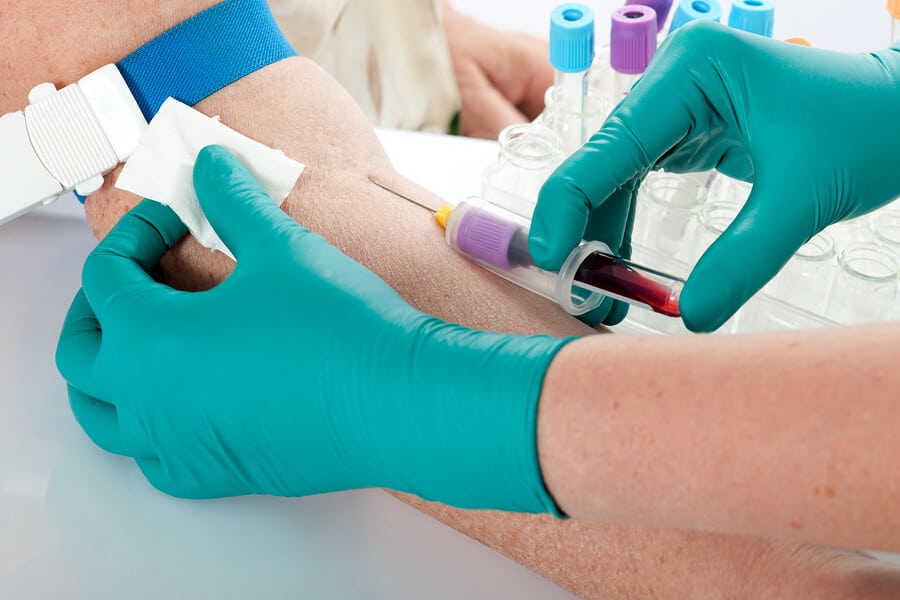
How Long Does Kratom Stay In Your System? – Kratom is a tropical plant known as Mitragyna speciosa, native to Southeast Asia. It can be identified in a person’s system as long as nine days, depending on the type of drug test conducted. For those struggling with kratom addiction, specialized treatment programs are available.
Kratom leaves have relatively mild psychotropic effects, and people can consume them as powder-filled capsules or as brewed in a tea.
A person may be concerned about kratom’s presence in their system for many reasons. For one, this drug can cause withdrawal symptoms, so those trying to stop using it may want to predict how long it will be until it is out of their system. Others may be worried about kratom detection on a forthcoming drug test.
Kratom is not usually included in a standard five-panel drug screen. However, some recently developed tests can identify the presence of kratom in a person’s system. Also, the metabolites of this drug can sometimes be flagged as a different substance.
As noted, the detection window for kratom can be up to nine days, depending on the typical frequency of dosage. Those that use excessive amounts of kratom will probably have evidence of the drug in their system longer than a person who uses kratom only occasionally.
Kratom Metabolization
The primary active ingredient in kratom is mitragynine. Once in the body, the liver breaks mitragynine down into other metabolites.
Kratom has a half-life of around 23 hours, meaning that, after the time, the body will have eliminated about half of the kratom dose. The other half remains in a person’s body for a bit longer.
The exact metabolization process of kratom is not clear, as most studies have been performed using animals. However, research demonstrates that the drug itself is not transferred through the body. Instead, it is broken down into byproducts during the process of metabolism.
Levels of mitragynine usually peak in the body after about 90 minutes after use. If a person consumes a relatively low dose of kratom, they may feel a stimulating effect comparable to caffeine.
If a person uses a higher dose, they will encounter more sedating opioid-like effects. These could include itchiness, nausea, or an overall sense of well-being.
Kratom can be found in a person’s system long after they no longer feel the drug’s effects. The duration of time that kratom can be identified in a person’s system depends on several factors, especially the type of test administered.
Urinalysis and Blood Testing
Urine tests can detect traces of mitragynine for up to nine days. Of note, a urinalysis is the most frequently used drug screening conducted by employers and the justice system.
Blood tests are rarer, but they do occur. They can identify traces of mitragynine in a person’s blood for several days.

Factors That Affect How Kratom Is Broken Down
As with most drugs, there are additional factors that influence how long a drug will remain in a person’s system. In addition to a person’s unique biology, the time that kratom remains in a person’s system is based on other individual factors such as age, weight, and diet.
- Age
Older people tend to encounter longer elimination times, mostly due to a slower rate of metabolism. The faster a person’s metabolism, the more rapidly their body will rid itself of toxins. For this reason, younger individuals may experience a shorter detection window.
- Body Mass Index (BMI)
Like marijuana, mitragynine is fat-soluble, meaning that it is stored in fatty tissues. As such, a person with a higher body fat concentration may retain kratom metabolites for a more prolonged period than those who are leaner.
- Diet
Using kratom on an empty stomach could lead to a shorter detection window, as opposed to using the drug with a meal high in fat. Moreover, a person’s level of hydration may also be a factor in detection time. The more water someone drinks, the more rapidly their body purges itself of traces of mitragynine.
Kratom Abuse and Addiction
Because large doses of kratom can induce opioid-like effects, this drug is considered to have the potential for abuse. In certain doses, kratom can result in intense feelings of calm and pleasure.
Tolerance is also possible, and a person may need to increase their dosage to continue experiencing the same effects. Increasing usage and tolerance can rapidly progress into dependence and addiction.
Kratom has been touted as a way to treat chronic pain or help people detox from the use of actual opioids by reducing withdrawal symptoms. This effect occurs because kratom binds to some of the same receptors in the brain as opioid painkillers. Unfortunately, it’s also been linked to dangerous side effects, abuse, and addiction.
Side effects of kratom may include the following:
- Nausea
- Vomiting
- Itching
- Constipation
- Increased urination
- Rapid heart rate
- Lack of appetite
- Seizures
- Hallucinations
Treatment for Kratom Addiction
If you or someone you care about is struggling with kratom abuse or addiction, please understand that this can be a serious condition and that professional treatment is available.
Harmony Treatment and Wellness offers integrated programs designed to meet the unique needs of our clients in both partial hospitalization and outpatient formats. Using evidence-based services, such as behavioral therapy, we provide medical care and support to those who are unable to quit abusing substances on their own.
Choosing where to go is an important step in your recovery. At Harmony Treatment and Wellness Center, we give you the tools you need to defeat your addiction and have an experience you’ll never forget.
If you’re ready for that day to be today, call us now:
772-247-6180